Volume Price Trend: Definition, Calculation, Interpretation, and Trading
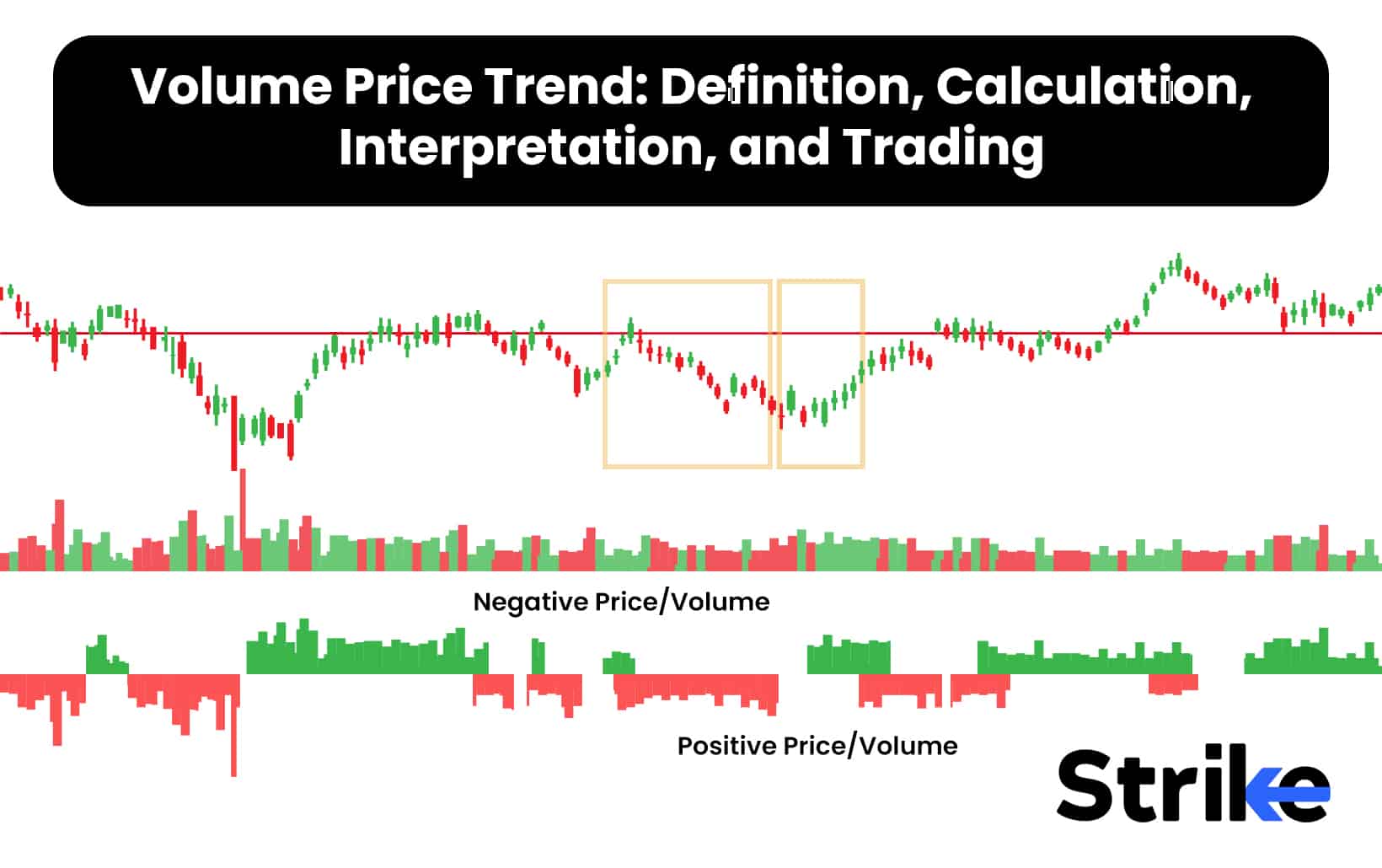
Volume Price Trend is a technical momentum indicator that helps traders in identifying the quality between the supply and demand of an asset. VPT generates trading signals by analyzing percentage change within a stock and its cumulative volume. It helps in determining an asset’s future price in both direction and magnitude terms.
You can calculate the Volume Price Trend indicator by.
In an uptrend, you should multiply the cumulative volume by the percentage price increase in the price of a stock between today’s price close and yesterday’s price close. Then, add the sum with the value of yesterday’s PVT.
Conversely, in a downtrend, you should multiply the cumulative volume by the percentage decrease in the price of a stock between today’s close and yesterday’s close. Then, add the outcome to yesterday’s PVT value.
Traders interpret Volume Price Trend indicator in order to identify price trends and generate trading signals with the help of crossovers and divergences. 

A simple trading strategy that you can use with VPT is called signal line crossover. Plot a simple moving average with the VPT indicator. In the example above, we have added 50 SMA with PVT. Buy whenever the VPT line is crossing above the moving average (black line) and sell whenever the VPT line dips below the black line.
What is the Volume Price Trend Indicator?
The Volume Price Trend indicator is a single line indicator which uses a combination of percent changes in price and volume to confirm the trend and momentum of a stock. The Volume Price Trend adds or subtracts a specific multiple of the percentage change in price and volume in accordance with the stock’s movements.
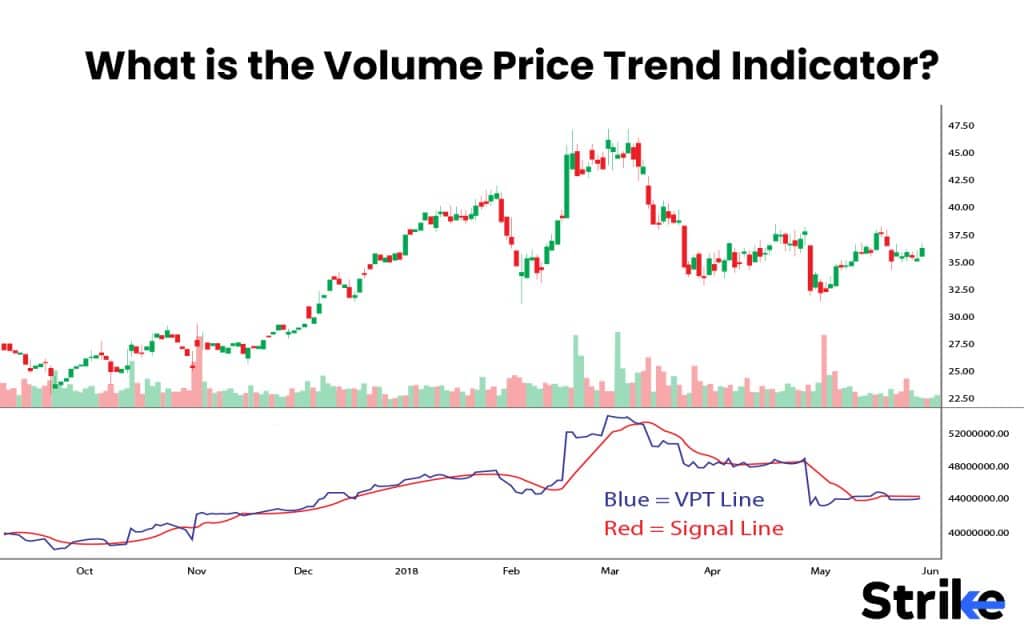
Traders assume that the stock is bullish whenever the VPT line is rising and they consider a stock bearish when the VPT line is declining. The Volume Price Trend is kind of similar to another volume-based indicator known as On-Balance Volume or (OBV). The only difference between these two indicators is that the OBV only focuses on negative/positive volume flows while VPT emphasizes volume-weighted price movements.
How Does Volume Price Trend Work in Technical Analysis?
The Volume Price Trend indicator works in technical analysis by analyzing price and volume together. The Volume Price Trend is usually used on longer timeframes in technical analysis. The VPT can get a bit difficult and generate non-accurate signals on shorter timeframes as the changes can be smaller compared to the actual VPT value.
Traders use the Volume Price Trend Indicator in technical analysis for 2 main reasons.
- Identifying Trend Reversals:
The Volume Price Trend can help traders identify a potential trend reversal through divergence. A divergence occurs when the price and indicators move opposite to each other. For example, A VPT divergence occurs when the price of an asset is rising but the VPT line is declining. VPT alone can be insufficient as it’s a single line indicator, thus a moving average of relevant period is applied to it, so the crossovers potentially generate buy and sell signals.

- Identifying breakout strength:
A sharply rising VPT when the price is breaking out from a price range indicates strong buying pressure. This indicates that market participants are interested in buying as the volume is rising during a period of price rise. Conversely, a sharply declining VPT when the price is breaking down from a price range indicates strong selling pressure.

It is important to note that the Volume Price Index is not a standalone indicator and traders often use this with conjunction of other indicators such as the ADX and moving average.
What is the importance of Volume Price Trends in Technical Analysis?
The Volume Price Trend is an important indicator in technical analysis because it provides a volume-weighted view of price trends. Here are 3 more reasons why VPT is an important indicator in technical analysis.
- Volume Analysis:
The Volume Price Trend focuses on volume and its impact on the price of an asset. This piece of information can save traders from making wrong trading decisions.
- Confirms price trends:
The Volume Price Trend helps in the confirmation of price trends within a stock. A stock is in an uptrend whenever the value of VPT rises and a stock is bearish whenever the VPT line declines.
- Provides early signs of breakout:
A sharp rise in the VPT line when the price of a stock is in a range indicates inflow of volume. This acts as an early signal that the price can break the range from any direction now. This information can help traders get ready before the price has given a breakout.
The Volume Price Trend provides multiple insights about the price chart. It empowers traders with valuable information about the market dynamics and helps them in taking informed trading decisions.
The Volume Price Trend still remains an indicator that cannot be relied on alone, it must be used in conjunction with other indicators as the single line can lead to any subjective interpretation.
What is the formula for Volume Price Trend?
The formula used for the Volume Price Trend is simple. The formula used for calculating the Volume Price Trend is.
VPT = VPT_previous + ((Closing price – Closing price_previous) / Closing price_previous)
Here is a step-by-step explanation of the formula.
- VPT_previous:
This is the VPT value for the previous day/period. This value is usually set to zero for the first calculation.
- Closing price:
This is the last traded price of a stock or the closing price of a stock on the current day.
- Closing price_previous:
This represents the closing price of a stock on the previous day.
- Volume:
Volume is the trading activity which took place within a stock on the current day.
The Volume Price Trend provides a single line that shows the volume-adjusted price movements of a stock by using this formula and calculating it on a daily basis. This VPT line helps traders in identifying the strength within a trend, potential trend reversals and confirm price movements.
What are the critical components of the Volume Price Trend formula?
The critical components of the Volume Price Trend formula are.
- VPT_Previous
- Closing price
- Closing price_previous
- Volume
Here’s how the critical components in the VPT’s formula work together to generate trading signals.
- Calculation of the percentage price change in a stock:
The first step in the VPT formula is to calculate the percentage change in the closing price from yesterday’s closing price. I.e. Percentage Price Change = (Closing price – Closing price_previous) / Closing price_previous.
We can identify whether the price has increased or decreased from the previous day and quantify the percentage change in a stock. If the output is positive then it will indicate a price increase and if the output is negative, it will indicate a price decrease.
- Volume Weighting:
Then we have to multiply the percentage price change by the volume of the current day. I.e. Volume Weighting = Percentage Price Change * Volume
This step allows the trading volume to get into the equation and weightage is given to the price change based on the trading volume. The price change has a more profound impact on the VPT if the volume is high.
- Cumulative Addition:
Lastly, we have to add the volume-weighted percentage price change into the previous day’s VPT value. I.e. VPT_previous + Volume Weighting.
This cumulative addition ensures that the VPT line is growing constantly over each time. Each day’s volume-weighted price change contributes to the overall value and creates a trend line on the chart.
Trading signals such as bullish/bearish signals, divergence signals, etc. are generated from the VPT based on the direction of the VPT line and its relationship with a stock’s price. Traders often used the trading signals generated by the VPT line along with some additional technical tools to improve the overall accuracy of their analysis.
How to Calculate Volume Price Trend?
The Volume Price Trend indicator is calculated by analyzing Volume, Previous day close, Current day close and the value of previous day’s VPT. The Volume Price Trend can be calculated in 6 simple steps.
Step no. 1 :
The first step in calculating the VPT is setting the initial VPT value. This value is usually set to zero for the first calculation.
Step no. 2 :
Second step is to gather the closing prices of a stock for each trading session.
Step no. 3 :
Then we have to calculate the percentage change in the closing price of a stock from the previous day’s closing price. You can use this formula – (Closing price = Previous day’s closing price) / Previous day’s closing price.
Step no. 4 :
The fourth step involves gathering trading volume data for each trading session.
Step no. 5 :
Multiply the percentage price change by the trading volume of that day. This step will give you the volume-weighted price change for each day.
Step no. 6 :
Lastly, add the volume-weighted price change to the previous day’s VPT value or from the value 0 if you are calculating for the first time. This cumulative addition will generate the VPT values over time.
The Volume Price Trend indicator can be calculated simply by following the above-mentioned steps. Traders can use this indicator to make informed trading decisions and identify potential buy and sell signals in the market.
The calculation part remains a theoretical and mathematical concept, the traders are not supposed to calculate the VPT, as they are easily and freely available on all the charting platforms like Tradingview, Strike.money.
How to interpret Volume Price Trends?
Interpreting the Volume Price Trend indicator involves observing the VPT line and its relationship with the price movements of a stock. Here are 3 key points to consider for interpreting VPT.
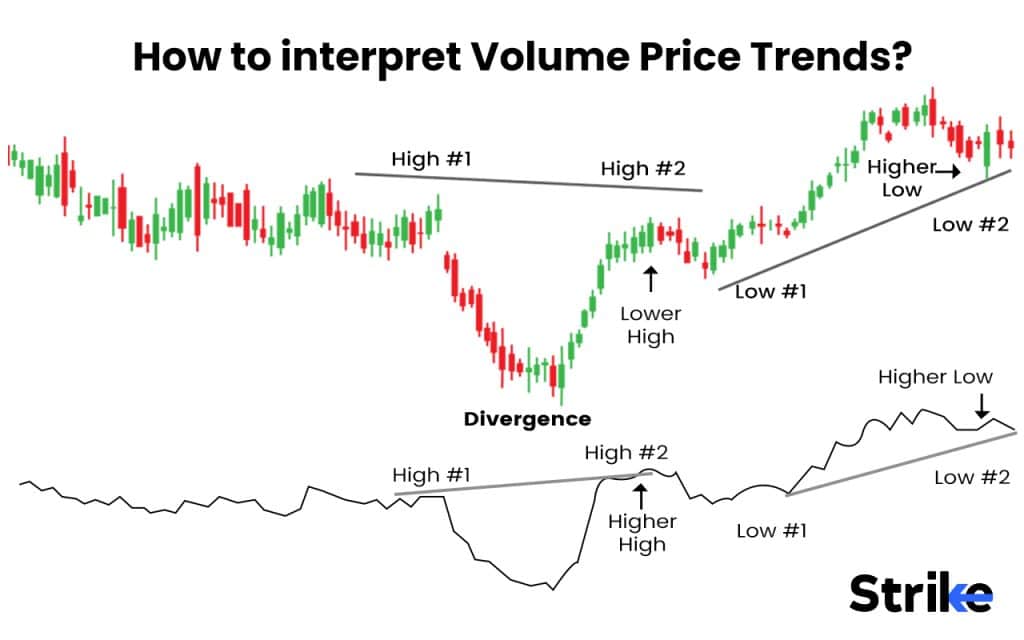
- Confirming price trend :
The Volume Price Trend confirms the strength of a price trend whenever it is moving in line with the price of a stock. For example, the price and the VPT rising together indicate a strong bullish trend while the price and VPT declining together indicate a strong bearish trend.
- Spotting potential reversals :
A divergence occurs when the VPT line and the price of a stock are moving opposite to each other. This can indicate a potential reversal in the stock. For example, the price is rising but the VPT is declining. An example of the bullish divergence is shown in the chart uploaded below.
- Breakouts and Breakdowns :
VPT can help a trader in identifying a breakout/breakdown earlier. It does this by showing noticeable shifts before a breakout/breakdown has actually happened in the stock.
One should always remember that even an effective indicator is liable to generate false trading signals. It is always recommended to use this particular indicator especially alongside other indicators, different time frame analysis, price action, effective risk management and a fix stop loss while trading in the stock markets.
How to trade Volume Price Trends?
Trading with the Volume Price Trend can help traders in identifying profitable opportunities in the market. Traders often use VPT in conjunction with some additional technical tools to increase the overall efficiency of their analysis. Here are the 3 most popular ways to trade using Volume Price Trend.
- Signal Line Crossover :

This is one of the most-simple yet most effective trading strategies. It involves plotting a simple moving average (50 in the example above shown by black line) along with the VPT indicator. The VPT line (Shown as blue line) generates a buying signal when it crosses above the moving average (Shown as black line). Conversely, a selling signal occurs when the VPT line dips below the moving average.
- VPT + ADX :
ADX or the Average Directional Index is also used for measuring the strength of a following trend in a stock. ADX above 25 indicates a trend in the market and an ADX below 25 indicates a change in the trend. A buying signal is generated when the ADX is over 25 and the VPT line is rising. Conversely, a sell signal is generated when the VPT line is falling and the ADX is under 25.
- Divergence :

The Volume Price Trend is majorly used for identifying divergence in stocks. Observe the image above. Look how the price is falling but the VPT is rising. This indicates a drop in volume when the market is declining and indicates a potential trend reversal in the market. Traders can use this information and look for buying opportunities in this type of market.
Remember to follow these strategies on paper first. You can use these trading strategies once you are familiar with them. Manage your risk effectively as no trading setup guarantees success and risk is constant in the markets.
What trading strategy is best for Volume Price Trends?
The Signal Line Crossover is the best trading strategy while using the Volume Price Trend. It is the best trading strategy while using the VPT because it is simple to understand yet effective. Even beginners having a very small amount of trading knowledge can deploy this strategy effectively.
How does the Volume Price Trend differ from other Indicators regarding Trading?
The Volume Price Trend indicator is different from every other technical indicator out there. The VPT indicator differs from other indicators in these 3 key aspects.
- It focuses on volume-weighted price movements :
The Volume Price Trend combines trading volume and price movements directly in its calculation. Other indicators such as Moving Average, RSI, MACD or even On-Balance-Volume do not take both of these parameters into consideration.
- Confirms price trends through volume :
The VPT confirms the strength of a trend based on the alignment of trading volume and price movements of a stock. A rising VPT along with rising price confirms uptrend while a declining VPT with declining price confirms downtrend.
- It is different from Oscillators :
The VPT indicator is not an oscillator like RSI or MACD. RSI and MACD oscillate between fixed ranges while the VPT is a continuous line on the price chart which reflects the cumulative volume-weighted price changes over time.
The Volume Price Trend can be used in conjunction with additional technical tools despite their differences. This helps a trader cover multiple aspects of a price chart and gives him/her the confidence needed to execute a trade.
How does VPT work in conjunction with Moving Averages?
The VPT works effectively when used in conjunction with Moving Averages. The Volume Price Trend and the Moving Average produce some of the simplest yet most effective trading strategies when used together. Here is one trading strategy which involves both the VPT and Moving Averages.

Firstly, plot the VPT indicator, a 25-period moving average (Orange line) and a 50-period moving average (Black line) on the price chart. You can buy when the VPT is rising and the 25-period moving average goes above the 50-period moving average. Conversely, you can sell when the 25-period moving average dips below the 50-period moving average and the VPT is declining.
Does VPT function together with Bollinger Bands?
Yes, the VPT indicator and Bollinger Bands do function together. The Volume Price Trend and the Bollinger Bands together can enhance the analysis of price trends and help a trader in finding potential trading opportunities. Both indicators are different and this is why they can complement each other and cover different aspects of markets when used together.
How reliable is Volume Price Trend (VPT) in Trading?
No, the Volume Price Trend indicator is not reliable as a standalone indicator on a price chart. The VPT’s reliability depends on factors such as market conditions and a trader’s trading setup. The VPT is also susceptible to generating inaccurate trading signals when used in smaller/intraday timeframes. This is why traders should use the VPT indicator in conjunction with additional technical tools.
Does VPT being used in Stock Market trading?
VPT is used in stock market trading with stocks having enough volumes traded throughout. VPT is a single line indicator and it does not provide strong signals on its own, but when combined with moving average, it provides good enough signals on lower time frames and traders can take advantage of the same. Yet, no indicator is 100% accurate, thus, appropriate risk management and acceptance of uncertainty is must.
What are examples of VPT used in Trading?
Traders use the VPT indicator effectively while trading the markets. Here are 3 examples of VPT being used in stock market trading –
- Confirmation of the price trend ;
Traders use the VPT indicator to confirm both the direction of price and the magnitude of change in price. A bullish trend is confirmed when the price rises in alignment with the VPT line and a bearish trend is confirmed when the price declines in alignment with the VPT line.
- Divergence Analysis :
Traders mostly use the VPT indicator to find divergences in stocks. A divergence suggests a potential reversal and traders can benefit from this by taking trades against the established trend. A bullish VPT divergence occurs when the price is falling but the VPT is rising. Conversely, a bearish VPT divergence occurs when the price is rising but the VPT is falling.
- VPT + Moving Averages :
The Volume Price Trend is most commonly used with Moving Averages. Plotting a simple moving average alongside the VPT can generate trading signals. For example, a buying signal is generated when the VPT line crosses above the moving average and a sell signal is generated when the VPT line dips below the Moving Average.
It is essential to use the Volume Price Trend indicator in conjunction with additional technical tools as the VPT is not a standalone indicator. A trader should also consider the market conditions when using the VPT and deploy effective risk management strategies.
What are the advantages of VPT in Trading?
The Volume Price Trend is an effective trading tool as it offers multiple advantages. Following are 3 main advantages of VPT in trading.
- VPT can be used across different markets :
The Volume Price Trend can be applied across different financial markets including stocks, forex, commodities and cryptocurrencies. Its volume-weighted nature makes it useful in analyzing market trends and price movements across different asset classes.
- Trend confirmation :
The Volume Price Trend is an effective tool in confirming the price trend within a stock. This confirmation aspect helps traders in making more informed trading decisions about entering or exiting positions.
- Provides early warning signals :
The Volume Price Trend’s divergence acts as an early-warning signal for traders. A VPT divergence indicates a potential trend reversal in the market which helps traders in being proactive in managing their positions.
Traders should use the VPT indicator only when they know the market conditions and have gained experience of using this indicator in multiple trades. The VPT indicator should always be a part of your comprehensive trading strategy and not a standalone indicator in your trading setup.
What are the disadvantages of VPT in Trading?
The Volume Price Trend is an effective indicator but it does have its disadvantages. Following are the 3 main disadvantages of VPT in trading.
- VPT is a lagging indicator :
The VPT is a lagging indicator because it relies on past price and volume data to generate its values. This means a large portion of the price movement can already occur by the time the VPT generates trading signals.
- Subjective parameter setting :
The effectiveness of VPT can be influenced by the choice of parameters like the period used for calculation, etc. Different traders can use varying periods leading to slightly different interpretations of the indicator’s trading signals.
- Inefficiency in non-trending markets :
The VPT does not perform well in non-trending or choppy markets. The values of the VPT indicator may oscillate around a certain level giving little to no insights into price movements during such periods.
One should also note that every technical tool has its disadvantages. The Volume Price Trend is a valuable technical indicator when used with conjunction of other technical tools.
Can the VPT be used to identify potential trend reversals?
Yes, the VPT indicator can be used to identify potential trend reversals in a particular stock. Traders often used the VPT indicator to identify the potential trend reversals in a stock by the means of a divergence. A VPT divergence occurs when the price and the VPT line act opposite to each other.
Can the VPT be used as a standalone trading strategy?
No, the VPT indicator cannot be used as a standalone trading strategy. The VPT indicator is most effective when it is used in conjunction with some additional technical indicators like the Moving Average and the ADX (Average Directional index).
Does the VPT work best in markets with high volume and liquidity?
Yes, the Volume Price Trend works best in the markets having high volume and liquidity. The VPT’s trading signals tend to be more reliable and accurate in high volume markets because it is a volume-based indicator.
Is the VPT calculation time frame adjustable to meet trading styles?
Yes, the Volume Price Trend calculation time frame is adjustable to meet different trading styles. The VPT is a versatile technical indicator that can be applied to various markets and trading strategies by adjusting the parameters used in its calculations.









 Previous Article
Previous Article
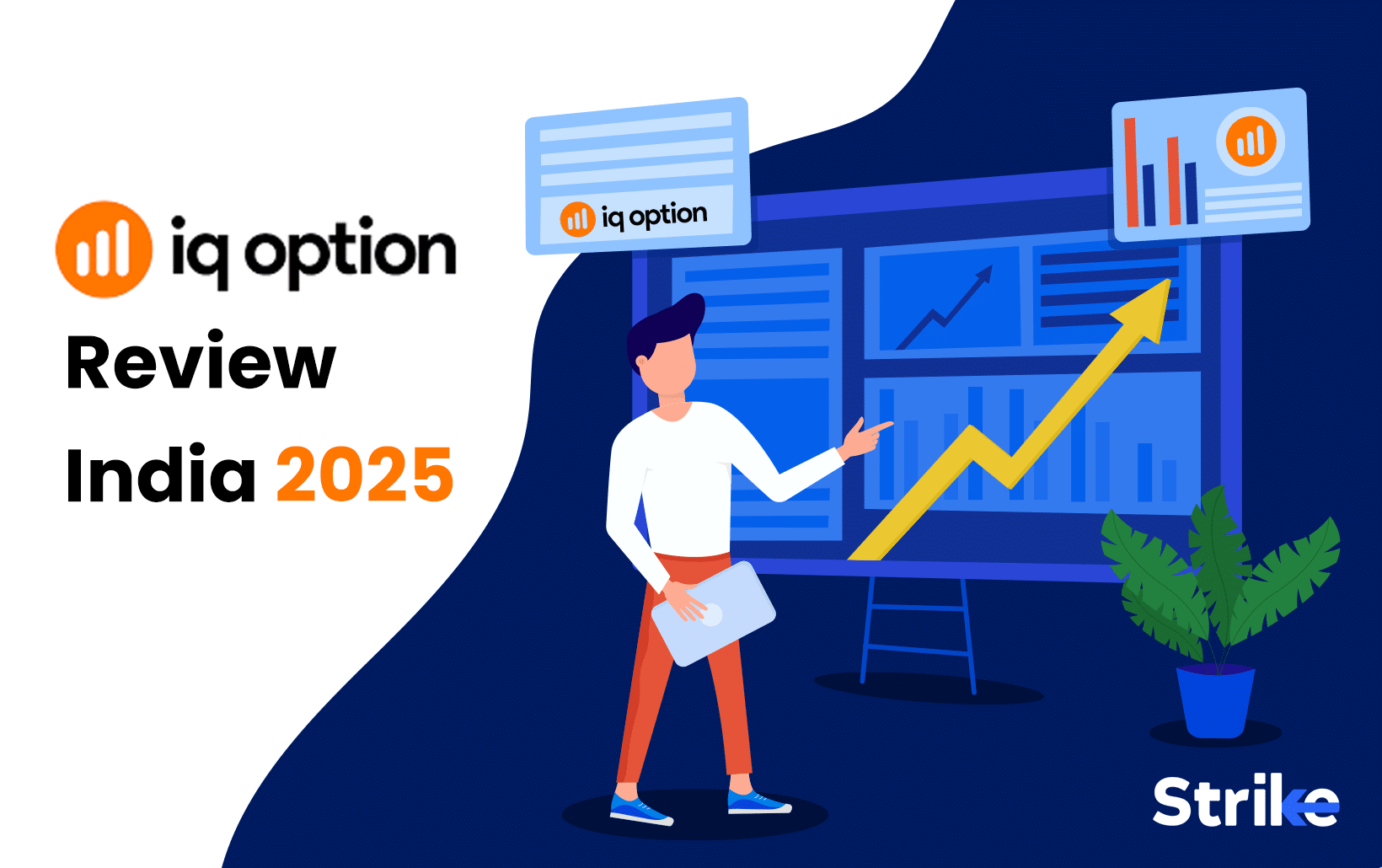
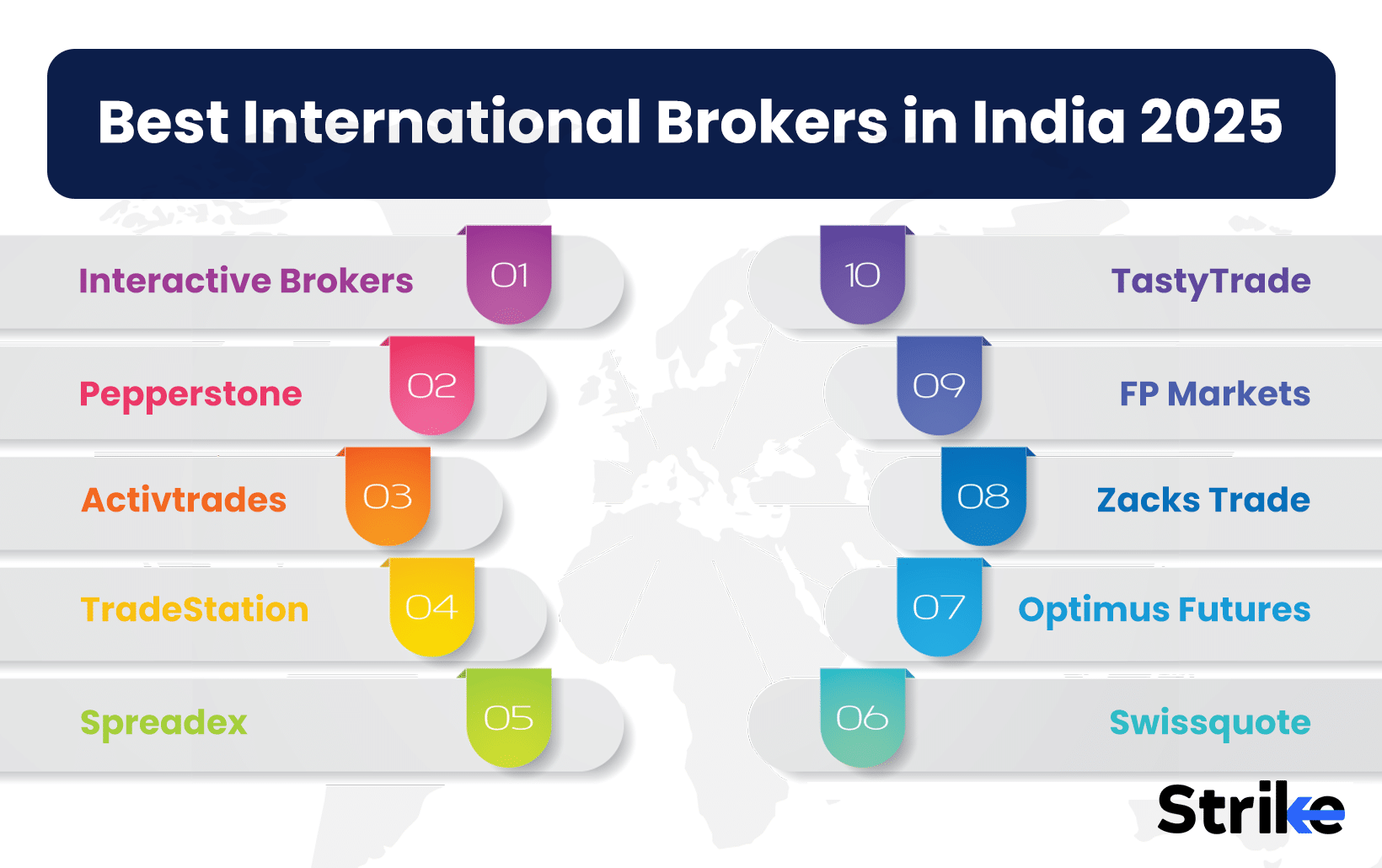
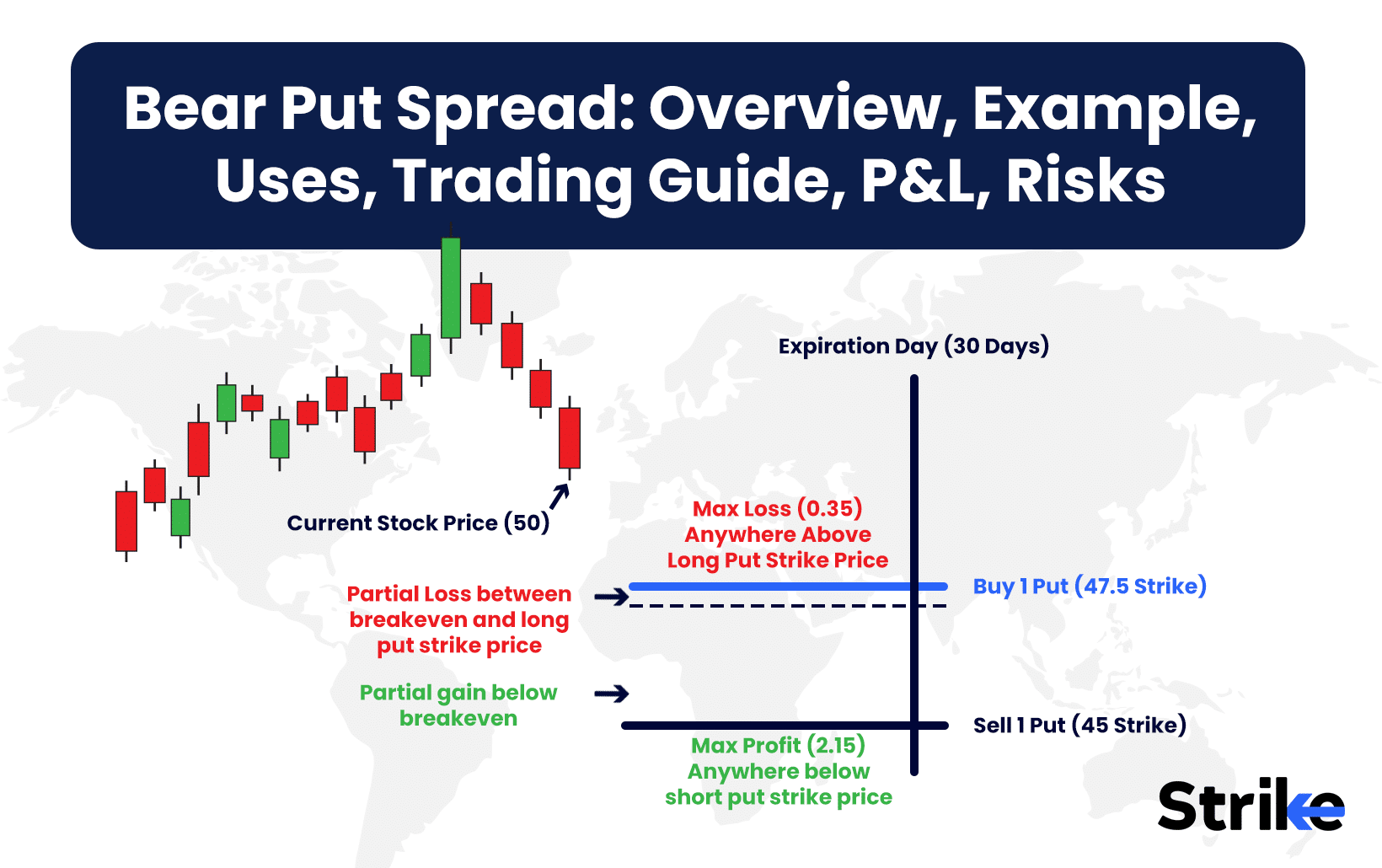
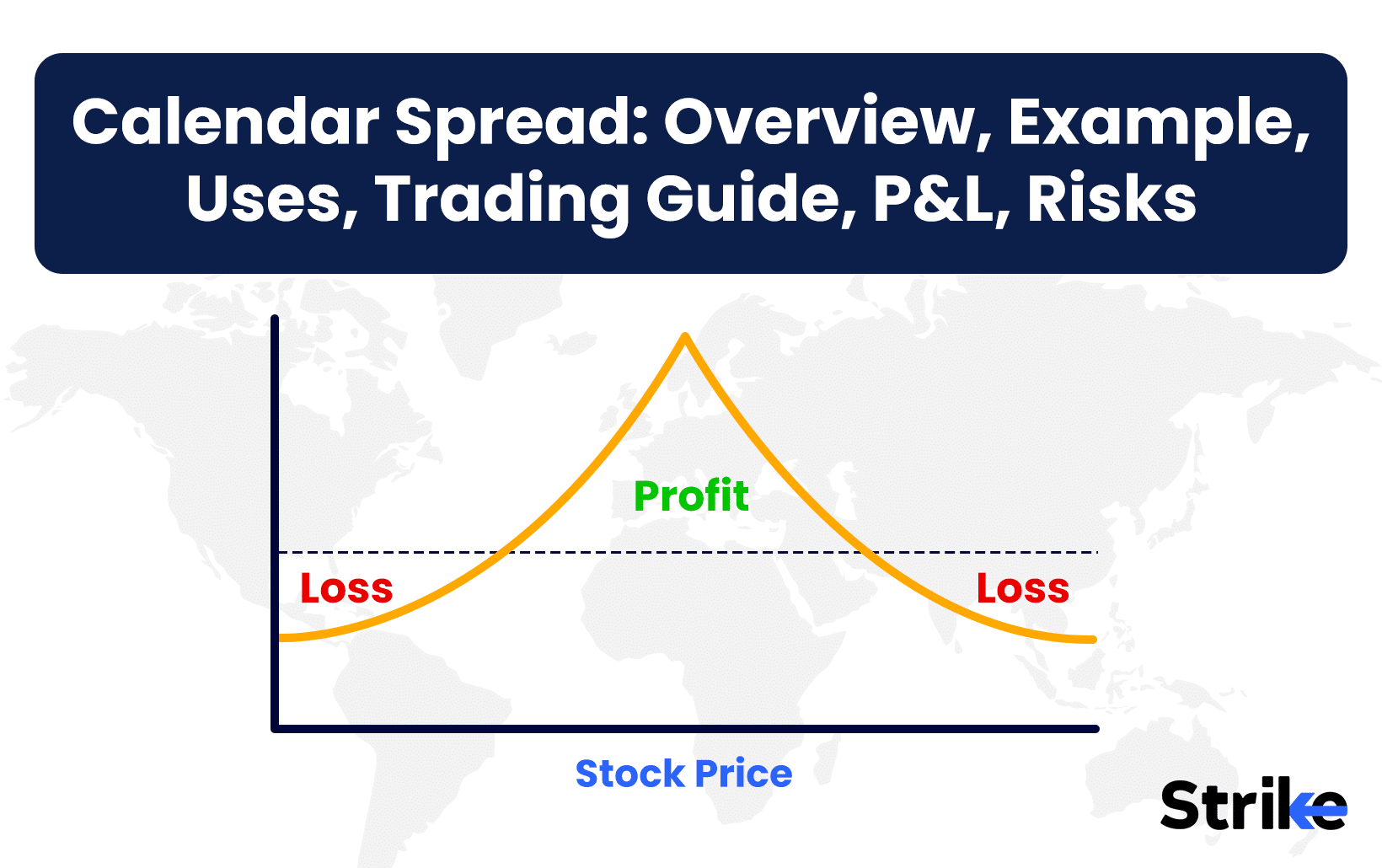


No Comments Yet